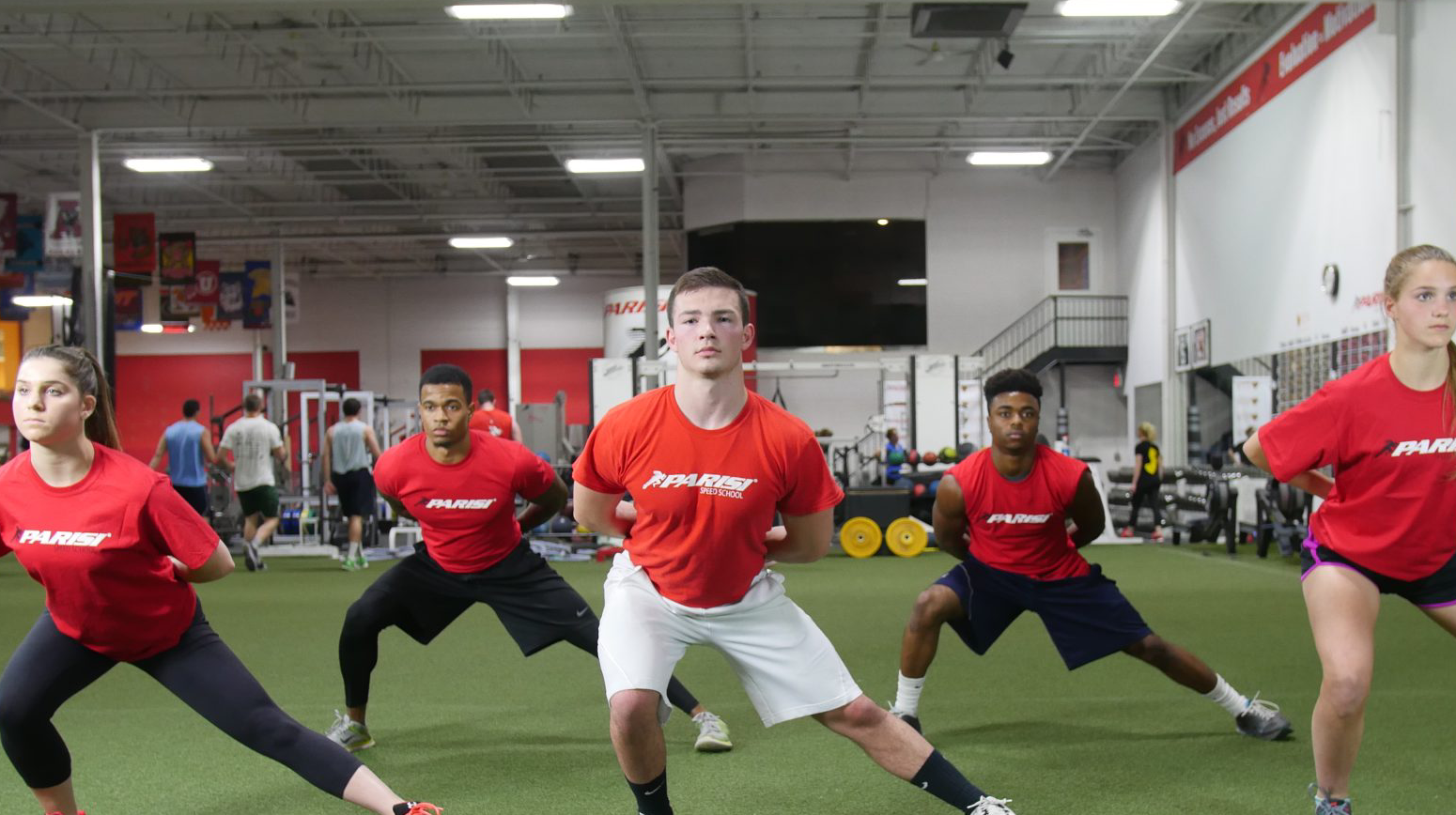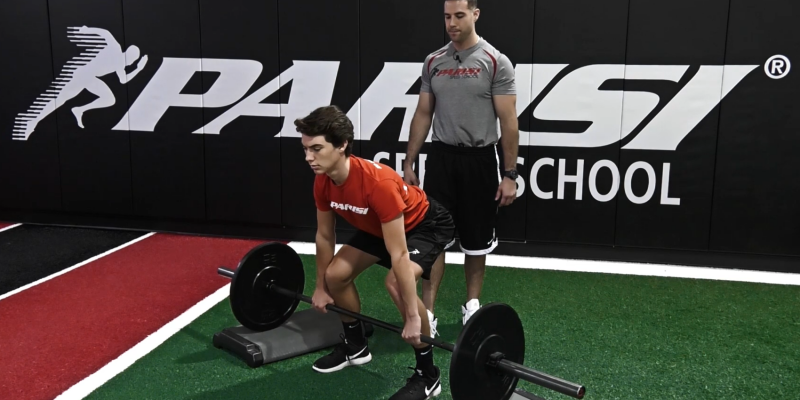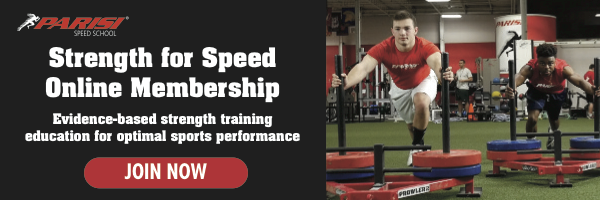Youth strength training is a commonly discussed topic as many parents, trainers and even medical professionals have concerns in regards to the effects of strength training at a young age. At Parisi Speed School, we know that youth strength training, when performed in a safe environment with proper technique, is greatly beneficial to enhancing growth, improving sports performance, building injury resiliency and most important, promoting self confidence.
Here are six things for all coaches and youth athletes to remember:
1. Teaching Weight Room Safety
A common problem today is when athletes enter high school, they are thrown into the gym with the expectation that they know what to do. Unfortunately, that is often not the case as many athletes have limited weight room experience prior to high school.
Proper weight room etiquette is frequently overlooked, but very important for athletes of all ages to ensure safety and confidence. Coaches should make it a priority to teach athletes weight room awareness, how to properly spot and safe body mechanics not only when performing a lift, but loading and unloading a bar.
2. Warming Up
A proper warm can often be overlooked prior to a strength training session, however it is still a crucial component for safe youth strength training. The Parisi Active Dynamic Warm Up has been experimented with top-class athletes of the world since the 1950’s. Even though most elite athletes have experienced this type of training, the American youth athlete is still in the dark. The ADW is proven to prevent injury and increase performance and should be standard practice prior to any type of exercise.
The goals of the ADW is to first activate the core and glutes to help stabilize the spine and extend the hips. Second, to increase mobility, raise core temperature and increase blood flow to the joints and muscles. Third, to increase range of motion and prepare the joints for performance.
3. Proper Form
Proper technique during weight training with all athletes is about safety and preventing injury. It’s never the weight that injures someone. It’s usually improper lifting of the weight. The technique an athlete learns first is the technique they will use all along. If it is learned incorrectly, even with light weight, an athlete might not get injured that day, but later down the line this can become a serious risk. Executing a lift with proper form, whether it’s light weight or heavy weight, is crucial for safety in youth strength training.
4. Using Regressions / Progressions
Customized programming for youth strength training is crucial not only to an athlete’s progress, but to injury prevention. A coach must recognize the current abilities of each athlete and be able to adjust programming accordingly. While visually, many youth athletes might appear to be the same size, their beginning strength can vary tremendously and it is a coach’s job to understand how far an athlete can be pushed.
Regressions and progressions are a cornerstone of Parisi programming. Many basic strength exercises can be modified not only by increasing or decreasing weight, but by switching modality. Barbells, dumbbells, kettlebells and medicine balls can all be interchanged on many exercises to account for an athlete’s ability.
5. Regulating Frequency of Strength Training
In a youth athlete, high frequency of specific strength training is simply unnecessary. In fact, many youth athletes are actually performing some type of strength training on an almost daily basis while they might not even realize. With practice, game schedules and additional skill work, youth athletes are constantly taxing their bodies. At a young age, even bodyweight training is considered strength training and can promote tremendous increases in strength in an athlete. At Parisi Speed School, we recommend that our athletes perform specific strength training in 1-2 sessions per week. These sessions are typically 30 minutes to an hour long and often focus more on full body training rather than isolated muscles.
6. Balancing Muscle Groups
As just mentioned, full body workouts for youth strength training are a common practice. While programming may be split into upper body and lower body days, in youth athletes, it’s unnecessary to create specific workouts for isolate muscles. By using this type of training split, athletes are less likely to develop muscular imbalances and are more likely to understand body mechanics and develop full-body power.
Following these six safety tips helps both coaches and athletes to promote safe environments for youth strength training. For more great information on youth strength training, join the Strength for Speed Online Membership.



 Previous Post
Previous Post
[…] https://www.parisischool.com/youth-strength-training-safety/ […]